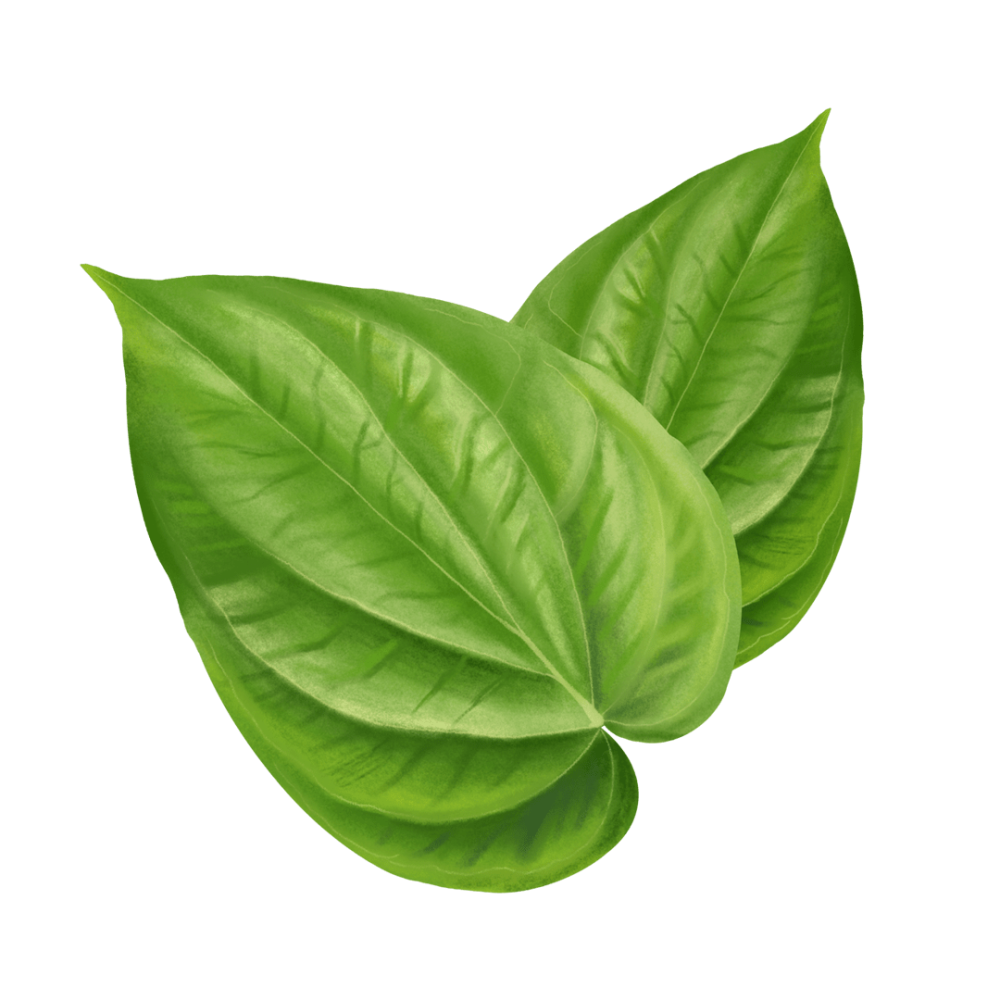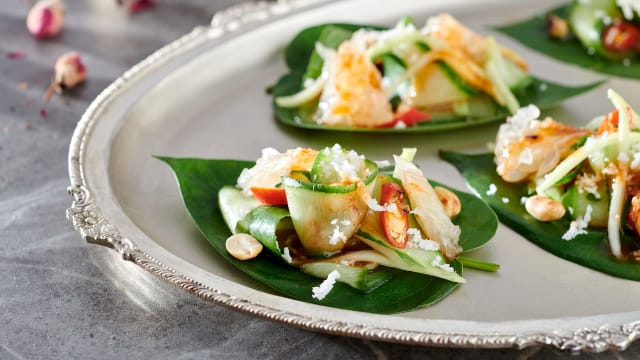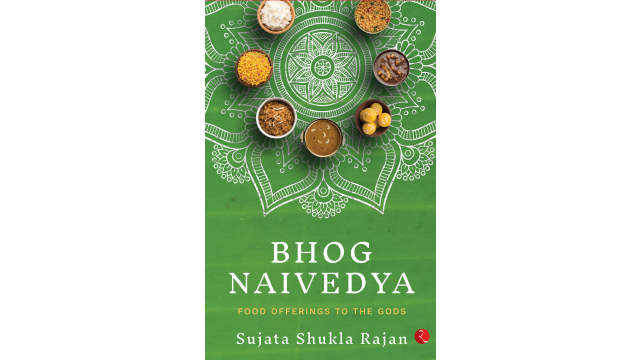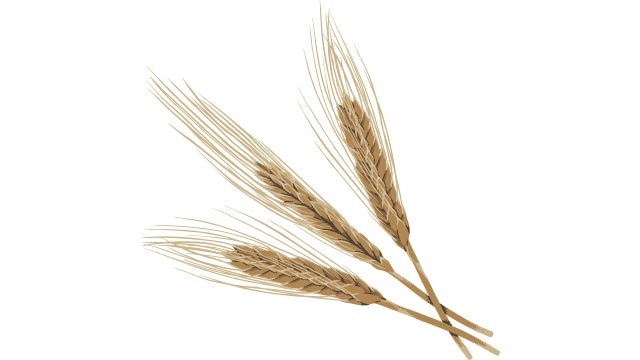Betel Leaf

Latin Name: Piper betle
Other Names: Paan, pinang, vetrilai, tamalapaaku, vattla
Uses: digestive, mouth freshener
What is Betel Leaf?
Heart-shaped and glossy, the betel leaf has been praised in ancient Indian erotic poetry as a symbol of passion and desire. Considered to have aphrodisiac properties, betel leaf was often given as a token between lovers. It is used in social and cultural traditions in parts of Asia and India as a symbol of hospitality and auspicious offering in rituals during festivals and weddings. Betel leaf (Piper betle) is a vine that is a member of the pepper family that has a long history of use as a stimulant, breath freshener, and digestive aid. The four popular cultivars of betel leaves that boast of different flavor profiles and textures are Banarasi, Calcutta, Kumbakonam and Kamar, named after the respective cities across India.
Why is Betel Leaf Healthy?
The betel leaf is a good source of vitamins and minerals, including vitamin C, calcium, and iron. In Ayurveda it is used to treat digestive issues, and believed to have antioxidant and anti-inflammatory attributes. Betel leaf also finds use as a breath freshener because some of its polyphenols are anti-microbial, and may kill off some odor-causing bacteria. It is also sometimes used in traditional Indian medicine to soothe a toothache. In addition, betel leaves may be heart protective. Preliminary research shows that one of the bioactives contained in betel leaves is called eugenol which is known to help lower LDL cholesterol and total cholesterol.
It should be noted that betel leaf is normally partaken combined with other ingredients (including tobacco, areca nut, and slaked lime) that may negatively impact your health, so consume in moderation. Eaten without those ingredients, however, they are a nutritious, antioxidant-rich food.
What Does Betel Leaf Taste Like?
Betel leaves have a distinctive, slightly sweet, and spicy flavor when chewed. The combination of sweet and spicy notes adds depth and complexity to its taste.
How do I Use Betel Leaf and What do I Pair betel leaf With?
Betel leaves are often paired with aromatic spices and folded into a parcel and chewed. Popularly called paan in the Indian subcontinent, and as a post-meal breath freshener and digestive aid, betel leaves are turned into flavorsome parcels with many fillings including areca nut shavings, slaked lime, clove, cardamom, saffron strands, grated coconut, and gulkand, a rose and honey preserve. Modern chefs are known to turn it into an inventive addition to salads too.
Where Does Betel Leaf Grow?
The betel leaf is a plant native to tropical Asia and the East Indies, and is grown in the Philippines, Indonesia, Cambodia, Thailand, Vietnam, Malaysia, Burma, and parts of South China. Archaeobotanical evidence has shown that indigenous peoples of Taiwan, Madagascar and Micronesia and Pacific Islanders were known to consume it since prehistoric times. It is popular in the Indian subcontinent across India, Sri Lanka, Bangladesh, and parts of Pakistan.
Fun Betel Leaf Fact:
At Bengali weddings in Eastern India, the bride hides her eyes with two betel leaves and is led by her family to meet the groom. She parts the heart-shaped betel leaves as a romantic ritual gesture so that her gaze first falls upon the groom’s before the wedding ceremony begins.



